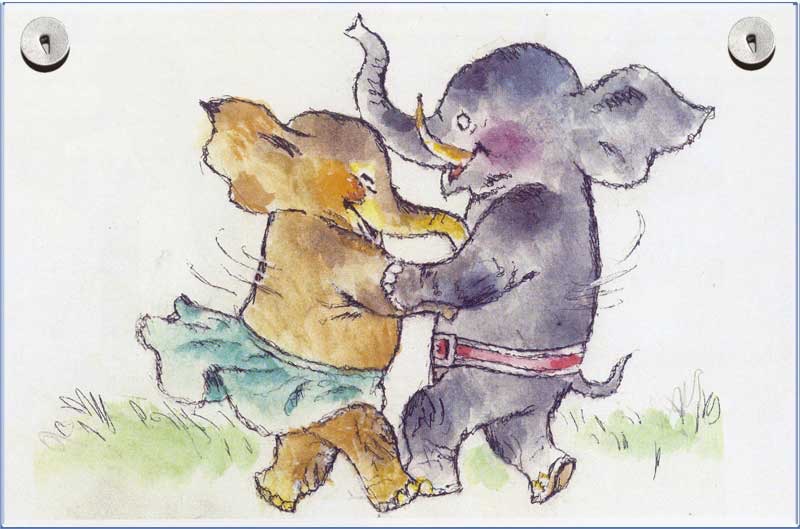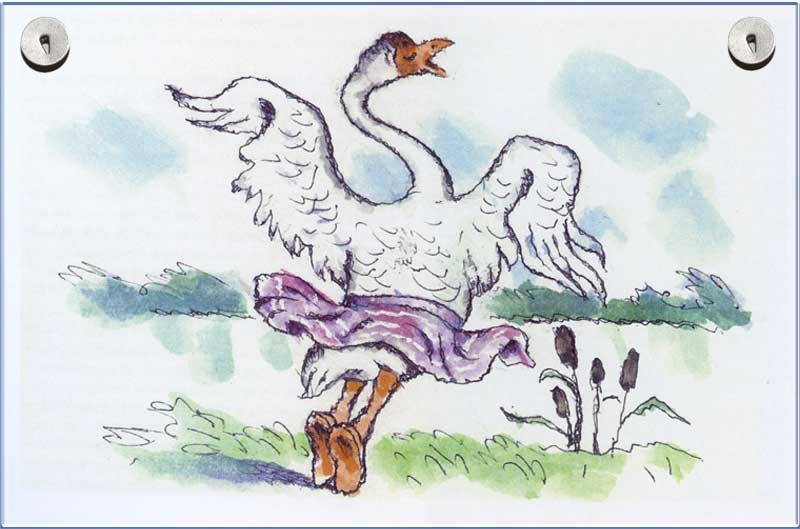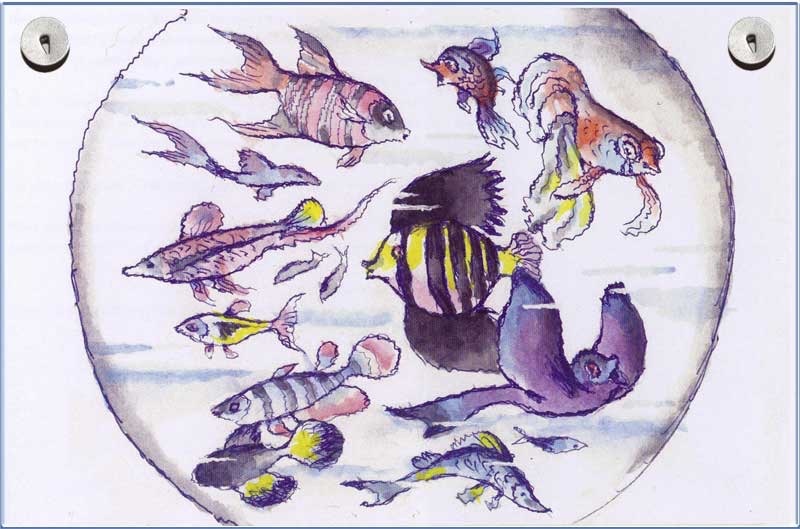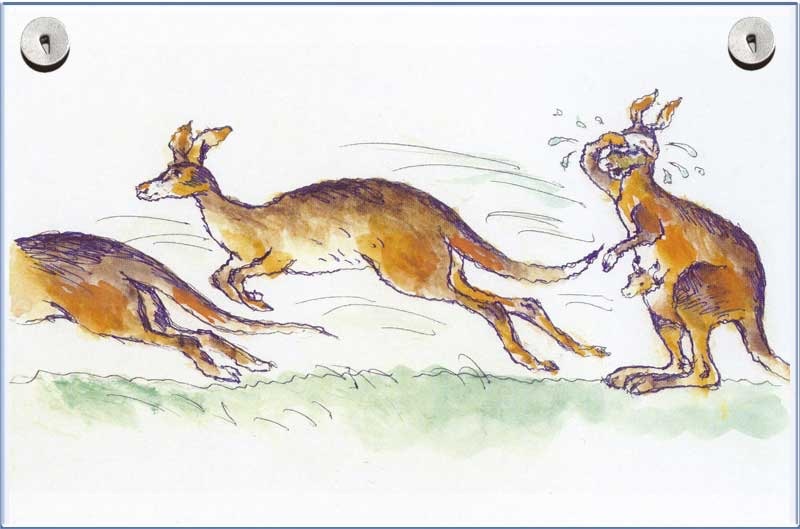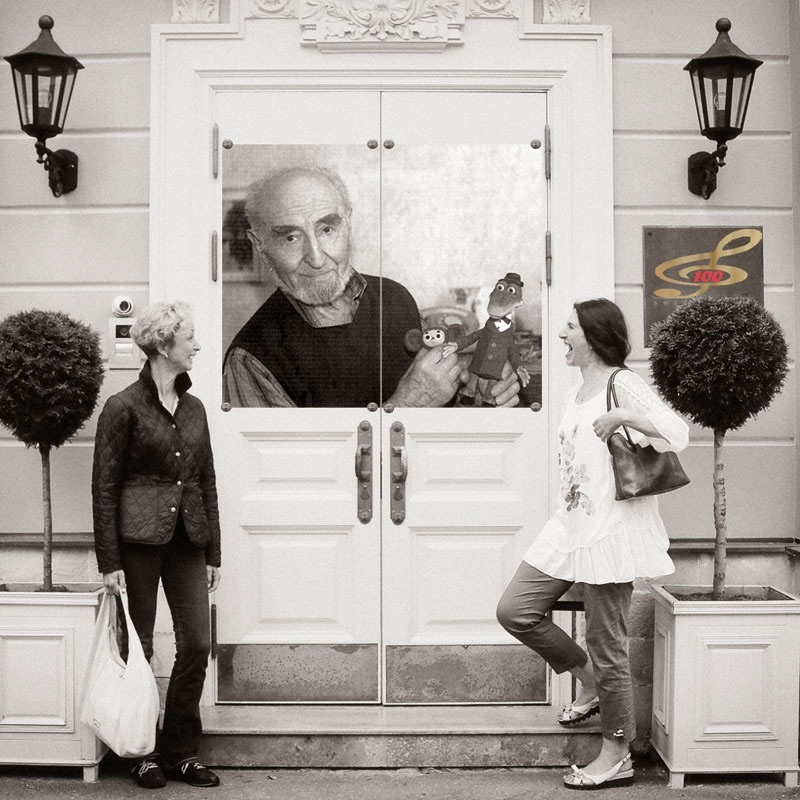Leonid “Liolya” Schwartzmann, Russian animator and painter, turned 100 this year. Organist and composer Ekaterina Melnikova talks about Schwartsmann’s drawings for children’s concert “Katya in the Magic Land”. The master’s pictures for “The Carnival of the Animals” render a charming comic touch, just as Saint-Saёns pieces.
Music and drawings
The crowd of cute characters created by Leonid Schwartzmann could populate a fairy tale Zoo. A famous Crocodile Gena’s song about birthday is familiar to everyone who lived in the USSR, as well as the image: a crocodile wearing a funny little bowler and a bow tie, playing accordion, accompanied by his eared friend Cheburashka.
Four years ago, when he was just 96, the famous cartoonist created some new characters. They jumped, laughing and sparkling, into a children’s concert “Katya in the Magic Land”, which Ekaterina Melnikova played in the Moscow International House of Music in 2016.
From childhood to Royal Academy of Music graduation programme
«I have always loved «The Carnival of the Animals» (https://www.belcanto.ru/sm_saint_carnaval.html), – says Ekaterina.– «When I was little, I used to put the music on, played by Emil Guilels and Jacob Zack on two pianos and enjoyed myself running, leaping and stomping, playing a kangaroo or an elephant… Starting at music school, I dreamt about playing these pieces on organ. Saint-Saëns used a huge palette of timbres. Organ, “the king of music instruments” can convey the rich colours and all the animals’ voices”.
“The Swan” by Saint-Saëns is a well-known lyrical melody, thanks to famous ballet performances. However, other parts of the “The Carnival” are full of jokes, allusions and overtones. The composer even gave the cycle a comic name – “zoological fantasy”. It is indeed a carnival: elephant is dancing waltz, turtles kankan, wild donkeys are running around!
“The Carnival of the Animals” comprises fourteen musical sketches. To start with, Ekaterina transcribed for organ just one, “Aquarium”, a piece with a remarkable tenderness and sonority to it. “I said to myself: if this one, not written to be played on organ at all, turns out well – then others will easier to do”.
Melnikova’s graduation programme in the Royal Academy of Music included her transcriptions of three parts of this cycle.
Camille Saint-Saëns, «The Carnival of the Animals», 1886. Transcription for organ – Ekaterina Melnikova, 2000
In 2000 Ole Jorgensen, Proprietor of Bel Air Music, recorded eight pieces of «Le Carnaval des Animaux» for organ in Monaco Cathedral, played by Melnikova, in her transcription.
Following a recommendation of Dame Gillian Weir (http://gillianweir.com/ Gillian Weir), the US publisher Wayne Leupold (https://www.wayneleupold.com/) suggested to release the transcriptions. «So I had to do all the other parts», – Ekaterina says with a laugh.
«Katya in the Magic Land» and other concerts for children
In Ekaterina Melnikova’s concerts for young audience her instrument “King Organ” performs with cello, or with violin, or with trumpet… Every concert features some dance improvisations and a story told by the host of the performance on behalf of “the King”.
“Children get tired and bored when they sit and listen to the music with nothing but a panel of the organ and an organist’s back on the stage. They want visual images and a plot. They get engaged when there are performers of their age playing music and dancing. This is what I am always trying to do in my concerts – to engage, to create an atmosphere.”
Live life and never forget to have fun
“I have always wanted to have this music illustrated»” – says Ekaterina. – “Lots of pictures for “The Carnival of the Animals” already exist but none have captured the inherent humour of the pieces”.
“Saint-Saëns’s music text is full of quotes and banter. Why, for example, one of the pieces is called “Fossils”? Apparently, the author is making fun of some “old stuff”, Rossini’s melodies. “It’s 1886, Mr.Rossini, how are you there in a better world? We are fine, and playing your music!” – as if Saint-Saëns has this to say. And “Tortoises” quote cancan dance music from Jacques Offenbach’s operetta famous at the time – but in a slow tempo, andante!”.
Ekaterina suggested that Leonid Schwartzmann makes illustrations for the fourteen pieces of music. They have spent hours and hours talking about Paris one hundred and thirty years ago, music of that time and of events, which inspired Saint-Saëns.
«One thing I do not get» – said Leonid («uncle Liolya») at one moment – «why one sketch is called “Pianists” while the remaining thirteen are named after animals?” Ekaterina: «Without thinking too much I made a joke that pianists are known for their non-stop exercises, all those scales and arpeggios they drill endlessly…so one can say they are like monkeys!..”
Couple of days passed, and the drawings appeared, including the one for the “Pianists”: three monkeys are hanging over their pianos. One cannot help to see resemblance with the three great pianists: Glenn Guld, Emil Guilels and Svyatoslav Richter. And on the picture for “Fossils”, a dinosaur is conducting!”
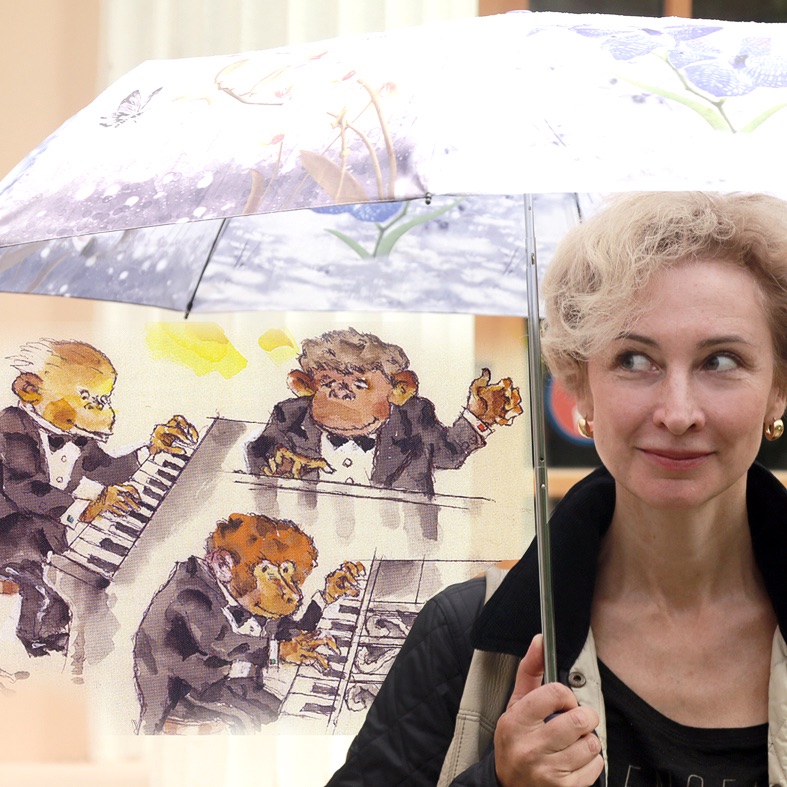
Drawings can become animés
Schwartzmann’s pictures are full of life, they look like they are already moving. A good beginning, if one wants to create an animated show.
Ekaterina Melnikova: “Children who like to draw can take these drawings and animate them! Lions will shake their manes, and monkey will beat the piano keys! Interesting discussions can come along between children and adults: on music, on Saint-Saëns, on the way animated films were made in non-digital times.» ∞
